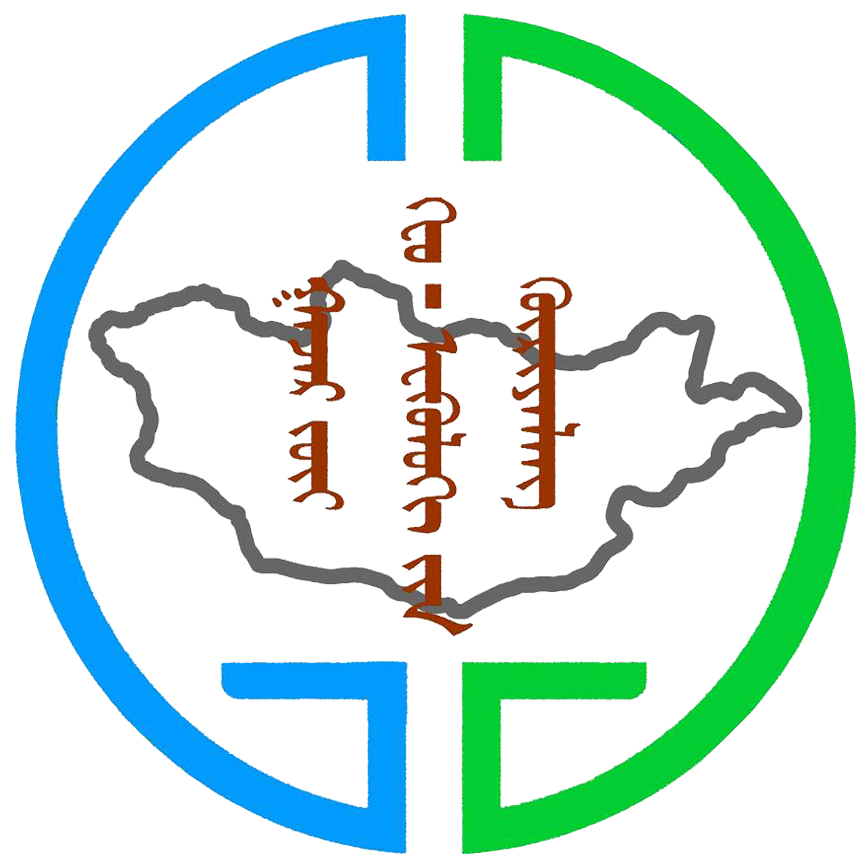ABSTRACT:
Today recovery of the ranchland, protection of stock-breeding business from risk and stability of economic standing of stock farmers depend on the efficient use of ranchland and regulation of the pasture load. This is why it is topical to determine the period of the pasture use of the steppe plants correctly, to identify regularities of the ranchland changing and recovery. Based on the analysis of data pf the normalized vegetation index (NDVI) for the period 2000-2010 the map of the NDVI distribution and its relative variability has been drawn up for the Northern part of Central Mongolia. By the example of the Northern part of Central Mongolia it was shown that the dominating factor affecting changes in the NDVI vegetation index is the climatic factor. Loss in the NDVI values in the steppe zone observed in the 2000-2010’s and vegetation degradation most probably feature temporal cyclic nature that can be worsened due to the anthropogenic burden. Loss in the NDVI values in the steppe zone was observed in the 2000-2010’s, the plant cover changes depending on the weather factors but today such changes also take place as the result of the wrong human activity. The study of distribution of the vegetation index across the Northern part of Central Mongolia and the area with the natural steppe vegetation showed the viability of the NDVI use for simulation of dynamics of the plant cover state in the agricultural regions.
